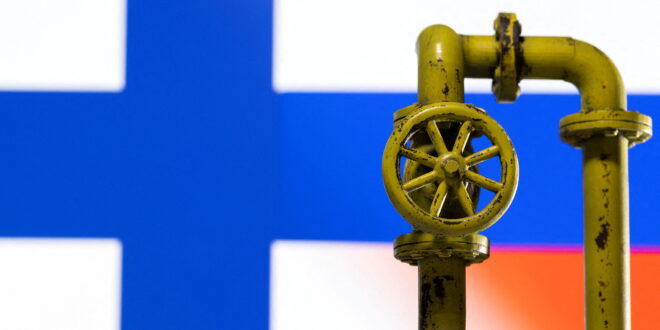In the winter of late 2022 and early 2023, Europe got lucky. It got very lucky. Gas storage sites were fuller than usual because of the massive LNG-buying effort the EU put into securing gas for the winter, and the winter itself turned out to be warmer than usual.
Yet luck, while a big part of Europe’s success in making it through winter relatively unscathed despite decimated Russian gas supply, was not all of it. Europe made it because it had the money to pay such prices for LNG on the spot market, which made the fuel impossible to afford for many other countries, notably Pakistan and Bangladesh. And now it has to do it all over again.
“We do not expect filling storage to be as costly next summer as it was this past year,” Aurora Energy Research senior analyst Jacob Mandel told Reuters this week. “That said, firms that rely on spot supply to fill storage, rather than hedge against future price jumps, will risk paying similar costs to last summer,” he added.
Last summer, in August, gas prices on the European market topped 340 euros per megawatt-hour, which is more than $360. To prevent a repeat of this, the European Union approved a price cap mechanism that is triggered when the price of gas tops 180 euros per MWh, or $190.
The bloc also plans to buy gas jointly on the global market in a bid to ensure member states do not become competitors and that richer ones do not fill their storage sites at the expense of poorer ones.
But none of this would be enough in the face of fundamental factors. China’s demand for LNG is expected to rebound this year, intensifying competition for limited supply. According to Energy Intelligence analysts, China’s LNG demand will rise by 3 million tons in 2023, yet Europe will remain the prime destination for LNG globally. Because it has no choice.
“For this winter it is right to say that we are off the hook. If there are no last minute surprises, we should get through…maybe with some bruises here and there. But the question is…what happens next winter?”
The question comes from the head of the International Energy Agency, Fatih Birol, who talked to Reuters on the sidelines of the Munich Security Conference earlier this month. And that’s not the first time Birol has warned again of premature calm in Europe.
“Even though we have enough LNG import terminals, there may not be enough gas to import and therefore it will not be easy this coming winter for Europe,” Birol said, echoing earlier comments that Europe faces a deep supply gap with the disappearance of Russian pipeline flows via the now defunct Nord Stream infrastructure.
That gap was estimated at 30 billion cubic meters by the International Energy Agency. According to its head, this year will see 23 billion cu m in additional supply. China is returning to business as usual, which means higher gas demand, while in the United States, gas drillers are reducing output because U.S. gas prices are near record lows.
The European political leaders could take solace in the fact that there is plenty of gas in storage left from last winter, but that can’t be much of a consolation because the governments that paid for that gas made a loss on it. They made a loss because they didn’t hedge future sales, and they didn’t hedge probably because they expected the gas to be used during the winter.
On top of all this, as several market analysts, notably Reuters’ John Kemp, have observed, the EU’s gas storage does not cover 100 percent of consumption. In fact, taken together, the total storage capacity in the bloc covers about a quarter of total gas demand.
Besides, gas storage capacity is distributed unevenly among member states, so while some countries could satisfy close to 100 percent of their demand for gas from storage, Germany, for instance, cannot. So it’s building LNG import terminals.
Argus reported this week that Germany plans to become the world’s fourth-largest LNG importer by 2030, with a capacity of close to 71 million tons. That’s the same Germany that refused to sign long-term LNG supply deals with Qatar because of its energy transition plans. Yet it may soon become the largest LNG importer after China, Japan, and South Korea.
Those 70.7 million tons of liquefied gas would need to come from somewhere, and it will, from Qatar and the United States but mostly from the latter, whose producers are more flexible than QatarEnergy and gladly sell their LNG on the spot market—at respectively higher prices.
What all the latest developments in Europe’s natural gas space suggest is that the EU will continue paying much higher prices for the gas it consumes than it used to before 2022. Governments will probably continue to shield the most vulnerable groups with state funds. That’s a lot of additional expenses that weren’t necessary just two years ago—and a persistent inflation driver for European economies.

FILE PHOTO: A model of the natural gas pipeline is seen in front of displayed Finnish and Russian flag colours in this illustration taken April 26, 2022. REUTERS/Dado Ruvic/Illustration/File Photo
 Iran Energy News Oil, Gas, Petrochemical and Energy Field Specialized Channel
Iran Energy News Oil, Gas, Petrochemical and Energy Field Specialized Channel



